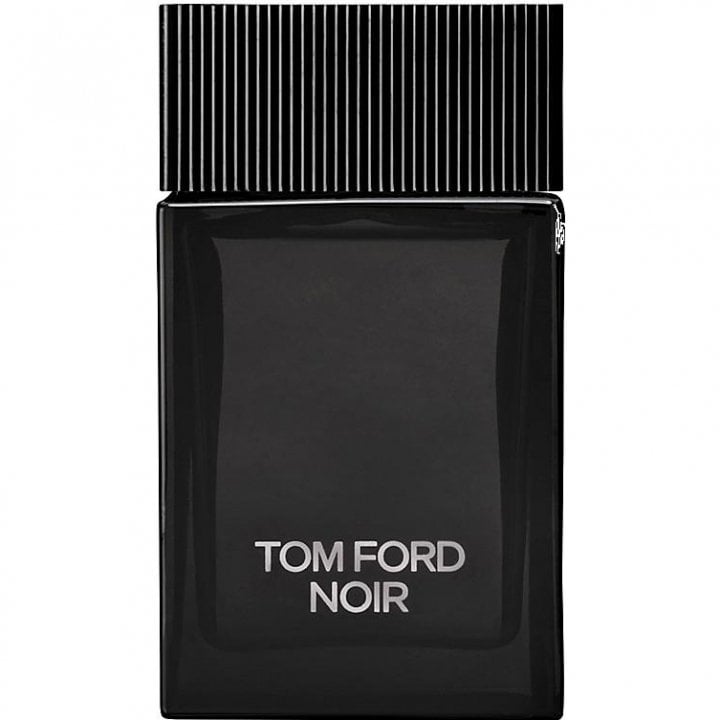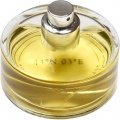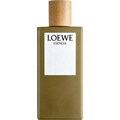7
Top Rezension
Noir or Soir?
We often speak of the aesthetics of perfume and music as being analogous. The two arts even share descriptive terms. For instance, we speak of notes and accords (or chords). There is also the analogy of the scent pyramid functioning as a complex triad of notes just like a musical chord, arpeggio or even an entire composition. I would like to add one more item to the list of analogies: the similarities of naming a piece music or a perfume. One could go into some depth on this topic but I’ll stick to the genre of musical works known as “character pieces”. Don’t worry, this isn’t a music lesson! I’ll get around to how this applies to Tom Ford Noir very soon.
In music, character pieces have titles meant to evoke a general mood, feeling or character. If you’ve ever been to a classical concert or taken music lessons as a child you’ve probably heard of these titles: preludes, caprices, nocturnes, impromptus, arabesques. These names have nothing to do with a specific musical form, like a symphony or a sonata. They are simply meant to place the listener in a broadly understood musical environment.
By analogy, character pieces also exist in perfumery. Think how often the words soir, nuit, sensuelle, fraiche, sport and noir are used in the name of a perfume. These words don’t tell us the specific genre of a fragrance (like a chypre or oriental) nor do they tell us the dominant ingredient or note of the scent. The “character piece” word in the name of the fragrance simply indicates a general mood or enviroment the perfumer would like us to experience while wearing a fragrance: Allure Sensuelle, Rose de Nuit, or Tom Ford Noir. Unfortunately, Tom Ford Noir is far from what I’d describe as a “noir" character piece.
Our present day usage of the word “noir”, with its strong connection to French and American cinema of the 40's and 50's, has come to imply a sensual, moody or mysterious quality. Think of the movie Double Indemnity with Fred McMurray and Barbara Stanwick and how they are drawn to each other by a dark, lascivious obsession that is dangerously beyond their control. With that in mind, noir doesn’t simply refer to some general tonality or feeling of darkness. I imagine a stereotypically noir perfume as a character piece consisting of notes such as smoky vetivers, tobacco, patchouli, dark florals, animalics or perhaps bitter, pungent herbs and spices. Notes that would give a carnal edginess to an overall dark tonality to create a sense of intrigue and desire.
In fact, Tom Ford Noir has some of those darker, edgier elements listed in its notes: Civet, black pepper, patchouli. But those notes, rather than providing the elements of the noir character piece, simply supply a pleasant depth and warmth to the fragrance. It is a perfume ruled by homogenous, dark florals (another "noir" opportunity missed) tempered by an equal dose of amber and vanilla. Kind of a lite version of Noir de Noir from Tom Ford’s luxury line which, by contrast, has a dark, decadent, sensual noir quality.
Honestly, Tom Ford Noir is not a bad fragrance. It’s warm, pleasant, comfortable, and conventional. In a way, I can understand its attraction. I liked it enough that, while testing it, I wore it to a concert last night. I felt certain it would not bother those in the audience seated next to me. It was nice and mannerly; not noir.
So why all the fuss about calling it “noir”? Because last night I could have picked from many other fragrances that would have been just as nice, conventional and mannerly. However, some of those fragrances might have had the descriptive word “soir” in the title. Soir, with its connotation of a pleasurably warm and gentle evening, seems more fitting to the truly benign character of Tom Ford Noir.
In music, character pieces have titles meant to evoke a general mood, feeling or character. If you’ve ever been to a classical concert or taken music lessons as a child you’ve probably heard of these titles: preludes, caprices, nocturnes, impromptus, arabesques. These names have nothing to do with a specific musical form, like a symphony or a sonata. They are simply meant to place the listener in a broadly understood musical environment.
By analogy, character pieces also exist in perfumery. Think how often the words soir, nuit, sensuelle, fraiche, sport and noir are used in the name of a perfume. These words don’t tell us the specific genre of a fragrance (like a chypre or oriental) nor do they tell us the dominant ingredient or note of the scent. The “character piece” word in the name of the fragrance simply indicates a general mood or enviroment the perfumer would like us to experience while wearing a fragrance: Allure Sensuelle, Rose de Nuit, or Tom Ford Noir. Unfortunately, Tom Ford Noir is far from what I’d describe as a “noir" character piece.
Our present day usage of the word “noir”, with its strong connection to French and American cinema of the 40's and 50's, has come to imply a sensual, moody or mysterious quality. Think of the movie Double Indemnity with Fred McMurray and Barbara Stanwick and how they are drawn to each other by a dark, lascivious obsession that is dangerously beyond their control. With that in mind, noir doesn’t simply refer to some general tonality or feeling of darkness. I imagine a stereotypically noir perfume as a character piece consisting of notes such as smoky vetivers, tobacco, patchouli, dark florals, animalics or perhaps bitter, pungent herbs and spices. Notes that would give a carnal edginess to an overall dark tonality to create a sense of intrigue and desire.
In fact, Tom Ford Noir has some of those darker, edgier elements listed in its notes: Civet, black pepper, patchouli. But those notes, rather than providing the elements of the noir character piece, simply supply a pleasant depth and warmth to the fragrance. It is a perfume ruled by homogenous, dark florals (another "noir" opportunity missed) tempered by an equal dose of amber and vanilla. Kind of a lite version of Noir de Noir from Tom Ford’s luxury line which, by contrast, has a dark, decadent, sensual noir quality.
Honestly, Tom Ford Noir is not a bad fragrance. It’s warm, pleasant, comfortable, and conventional. In a way, I can understand its attraction. I liked it enough that, while testing it, I wore it to a concert last night. I felt certain it would not bother those in the audience seated next to me. It was nice and mannerly; not noir.
So why all the fuss about calling it “noir”? Because last night I could have picked from many other fragrances that would have been just as nice, conventional and mannerly. However, some of those fragrances might have had the descriptive word “soir” in the title. Soir, with its connotation of a pleasurably warm and gentle evening, seems more fitting to the truly benign character of Tom Ford Noir.



 Greysolon
Greysolon
